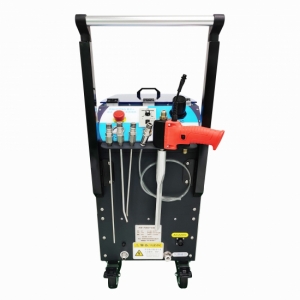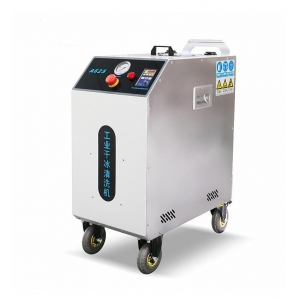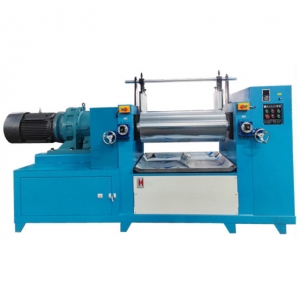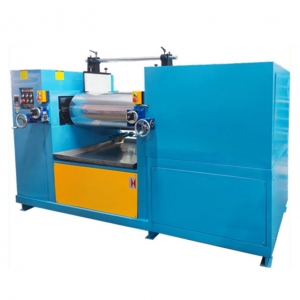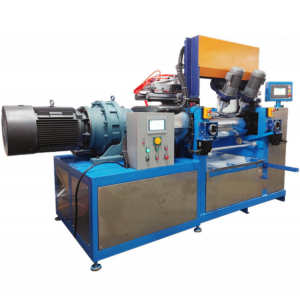In the world of polymer science and manufacturing, achieving a perfect mix is crucial. The Two Roll Mill, also known as an Open Mill, is a time-tested and essential piece of equipment designed specifically for this purpose. It plays a critical role in the plasticizing, mixing, hot pressing, and testing of high molecular materials like rubber, silicone rubber, and plastics. This article explores how this versatile machine works and why it remains a preferred choice for researchers and manufacturers alike.
At its heart, the two roll mill is composed of two parallel rollers installed side-by-side. These rollers rotate in opposite directions, often at different speeds. The material is fed into the gap between them and is subjected to a combination of compression, stretching, and shearing actions. This process is repeated continuously, ensuring the material is uniformly blended and dispersed.
Key Core Feature:
Why has the two roll mill remained a staple in labs and factories for decades? Here are its key benefits:
1. Provide efficient and controllable shearing action:
For the processing of long-chain polymer materials, it is often necessary to cut the internal molecular chains, expand them, and uniformly blend various additives into the mixture. Two rollers of the open mill rotating at different speeds generate a powerful shear force in the gap between them. The rubber sheet is pulled into the gap and subjected to intense compression, stretching and shearing, thereby achieving mechanical destruction of the polymer chains and dispersion of the additives. Moreover, this shear effect is visible, adjustable and very direct. The operator can precisely control the magnitude of the shear force by adjusting the speed ratio of the rollers (the ratio of the speeds of the front and rear rollers) to meet the requirements of different rubber types and processes.
2. Superior Mixing and Dispersion
The intense mechanical action ensures that fillers, additives, and pigments are distributed uniformly throughout the polymer matrix. This eliminates issues like air bubbles, agglomerates, or weak spots in the final product that can arise from poor dispersion.
3. The cooling and heating systems are independently controlled.
The open design of a two roll mill offers a large surface area for heat dissipation. Since shear generates heat, this is critical for preventing premature cross-linking or "scorching" of temperature-sensitive materials like rubber. The rollers are also often cored for water cooling, providing additional temperature control.
4. Unmatched Flexibility and Process Control:
Operators can visually inspect the batch, touch the material to assess its quality, and intervene instantly by cutting, folding, or adding ingredients. This "hands-on" control is invaluable for formula debugging and producing high-value, specialized compounds.
Modern internal mixers are prevalent in large-scale production, the two-roll mill remains indispensable for applications requiring precision, control, and flexibility. Its simple design, paired with strong mixing and shearing abilities, makes it the preferred choice for material research, formula testing, and small-batch production in the polymer industry.
Would you like to know which type of twin-roll mill is suitable for your application? [Contact our experts immediately] to get a free consultation! Explore our series of high-precision twin-roll mills.


 +86 18030169616
+86 18030169616 allen@crtopmachine.com
allen@crtopmachine.com
